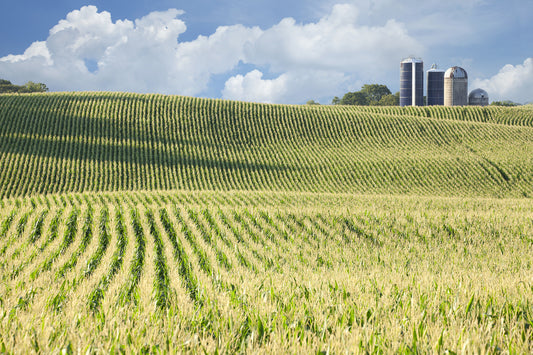| In paid collaboration with Chase |

If you have been following along you know that the last time we posted, we announced our popping method of choice, THE SOLAR COOKER. Ok, we know that many of you have probably never used a solar cooker personally, but we will let you in on a little secret ... neither have we! And in true Pipcorn fashion, we wanted to figure it out ourselves. So where do we go when we want to learn something new?... Well, YouTube of course! (Seriously!) We went straight to the internet to learn everything and anything we could about these so-called "solar cookers". From grilling burgers in the comfort of backyards to setting up camp in the middle of the forest, we watched these cookers in action and had just one thought, "if these people can do it, so can we!"
You may still be wondering, but HOW! Well, let us do the honors and share some of what we learned on our solar cooker journey.
1. The three most common solar cookers are 1) solar panel cookers, 2) solar box cookers and 3) parabolic solar cookers (this is the one we went with)!
2. The basic principle: Sunlight is converted to heat energy that is retained for cooking! For maximum efficiency, it's best to adjust the solar cooker so it's directed towards the sun in order to be able to better concentrate and absorb the suns rays!
3. Parabolic solar cookers use parabolic-shaped (aka bowl-shaped) reflectors to direct sunlight to a small area in the center of the cooker. This small area harnesses the energy from the sun and reflects directly up onto the bottom of the pot which generates heat for cooking!
Simple, right?! (We didn't think so either) None the less, the Pip team took on the challenge!



